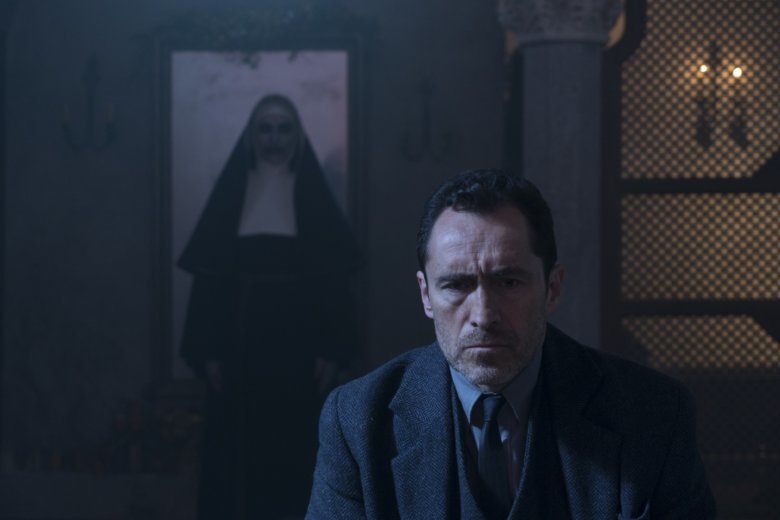A basic screenwriting tip is to start your screenplay on a special day. Clint Eastwood’s latest film “Sully” certainly does that.
“Sully” begins on January 15, 2009, the day a US Airways Flight 1549 was forced to make an emergency water landing on the Hudson River.
The film is set during the subsequent inquiry held by the National Transportation Safety Board into the forced landing.
Flashbacks are used heavily to depict important contextual events relevant to these hearings. The forced water landing along with important events in Captain ‘Sully’ Sullenberger’s flying career are primarily depicted through flashbacks and dream sequences.
“Sully” begins with the miraculous water landing that took place on the Hudson in January 2009. The film however, is truly about Sullenberger, the story’s title character and the captain of the fateful flight that resulted in the miraculous landing preserving the lives of all one hundred fifty five passengers on board.
While this isn’t one of Eastwood’s strongest films, that is less of slight against “Sully” but rather a statement of fact as to where the film stands within Clint Eastwood’s canon. “Sully” fits somewhere in the middle of the Academy Award winning filmmaker’s canon and is competent filmmaking with crisp pacing.
For a film that in many ways is procedural, the plot never gets bogged down. Because of the 96-minute runtime, “Sully” doesn’t suffer from having a thin story and of course the fact that most people are familiar with the story and its conclusion.
Tom Hanks plays the title role of Captain ‘Sully’ Sullenberger and his performance is bolstered by strong supporting performances from both Aaron Eckhart and Laura Linney. Eckhart plays first officer Jeffery Skiles and Linney plays Sully’s wife, Lorraine Sullenberger.
Eckhart’s portrayal of Jeff Skiles provides the audience a point of view character that voices the awe and admiration the viewer feels for Sullenberger. Linney’s portrayal provides exposition that adds depth and context to the hero pilot.
The forced water landing of US Airways flight 1549 is like the shark in “Jaws.” The audience is only given teases of it until nearly three quarters of the way through the film. The landings cinematic depiction and the subsequent rescue of the crew and passengers is well worth the wait and it certainly carries the film.
The New York City police and ferry crews are as inspirational as Sully, himself. Unfortunately the New York accents border on caricature.
“Sully” depicts the best of New York and how quickly New York’s denizens rally whenever disaster strikes. In a post-9/11 world, scenes like this have a particularly strong narrative weight.
Death is inevitable and entropy is a universal constant. However, sometimes there are special days. Sully is a film about one of those special days, one of those special days— where everybody lives.
If IMAX is available near you, seeing Sully in the larger format is worth it if not for the water landing alone.













